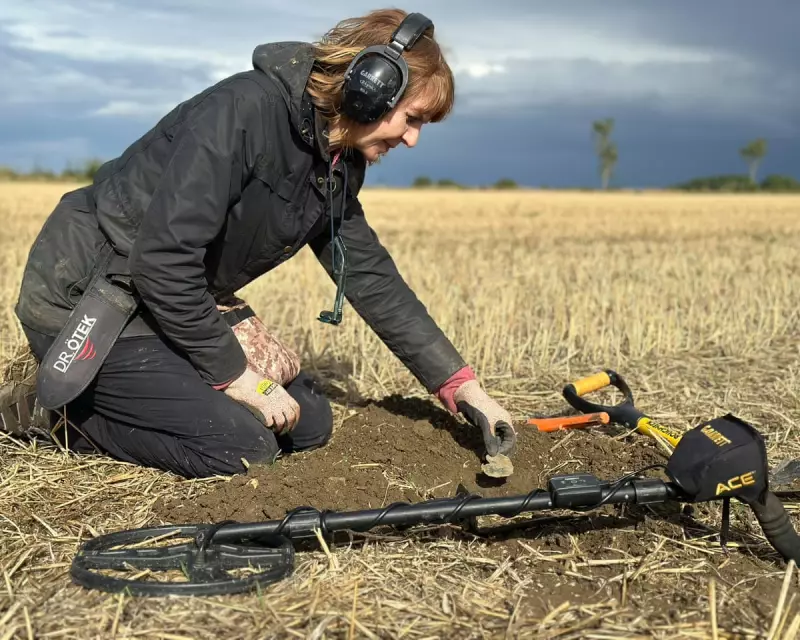
An extraordinary archaeological mission has commenced in the British countryside, aiming to solve an 80-year-old mystery and honour the memory of a courageous RAF pilot who made the ultimate sacrifice during the Second World War.
The Lost Hero of the Skies
Flight Sergeant Douglas Alfred William Smith, a 20-year-old Royal Air Force volunteer from Rhodesia (modern-day Zimbabwe), met his tragic end on 16th August 1944. During a routine training exercise, his Hawker Typhoon aircraft experienced catastrophic engine failure, plunging into a field near the village of Wroughton in Wiltshire.
Despite having precious seconds to save himself, eyewitness accounts and official records reveal that Sgt Smith made the conscious decision to remain with his stricken aircraft. He steered it away from populated areas, sacrificing his own life to prevent civilian casualties on the ground.
Unearthing History: The Archaeological Mission
The current excavation, led by a dedicated team of archaeologists and supported by the Ministry of Defence, represents the culmination of years of research and planning. Using advanced geophysical surveying equipment and meticulous historical analysis, experts have pinpointed the likely crash location with remarkable precision.
"This isn't just about recovering metal," explained the lead archaeologist. "It's about recovering a story, about honouring a young man's incredible bravery, and providing answers to a family that has waited generations for closure."
A Family's Eight-Decade Wait
The dig holds profound significance for Sgt Smith's relatives, including his 91-year-old sister, Yvonne Collett, who was just a child when her brother perished. For decades, the family had only vague details about the crash location and circumstances.
Modern archaeological techniques now offer the potential to recover personal effects and aircraft remnants, creating tangible connections to a relative most never knew but whose heroism defined their family history.
Preserving the Legacy
Any significant artefacts recovered from the site will be carefully preserved. Organisers hope to display them in local museums, ensuring that Flight Sergeant Smith's story of courage and self-sacrifice is remembered by future generations.
The excavation serves as a powerful reminder of the thousands of young Commonwealth aircrew who travelled to Britain during WWII to fight for freedom, many of whom, like Douglas Smith, never returned to their homelands.





